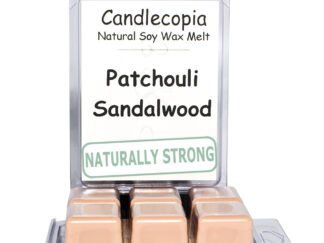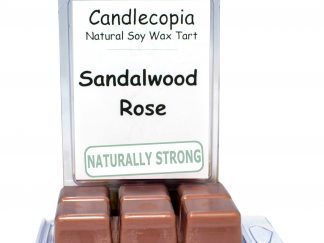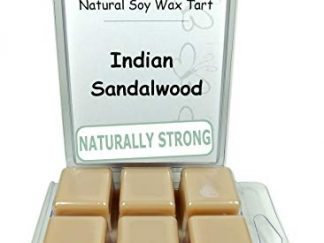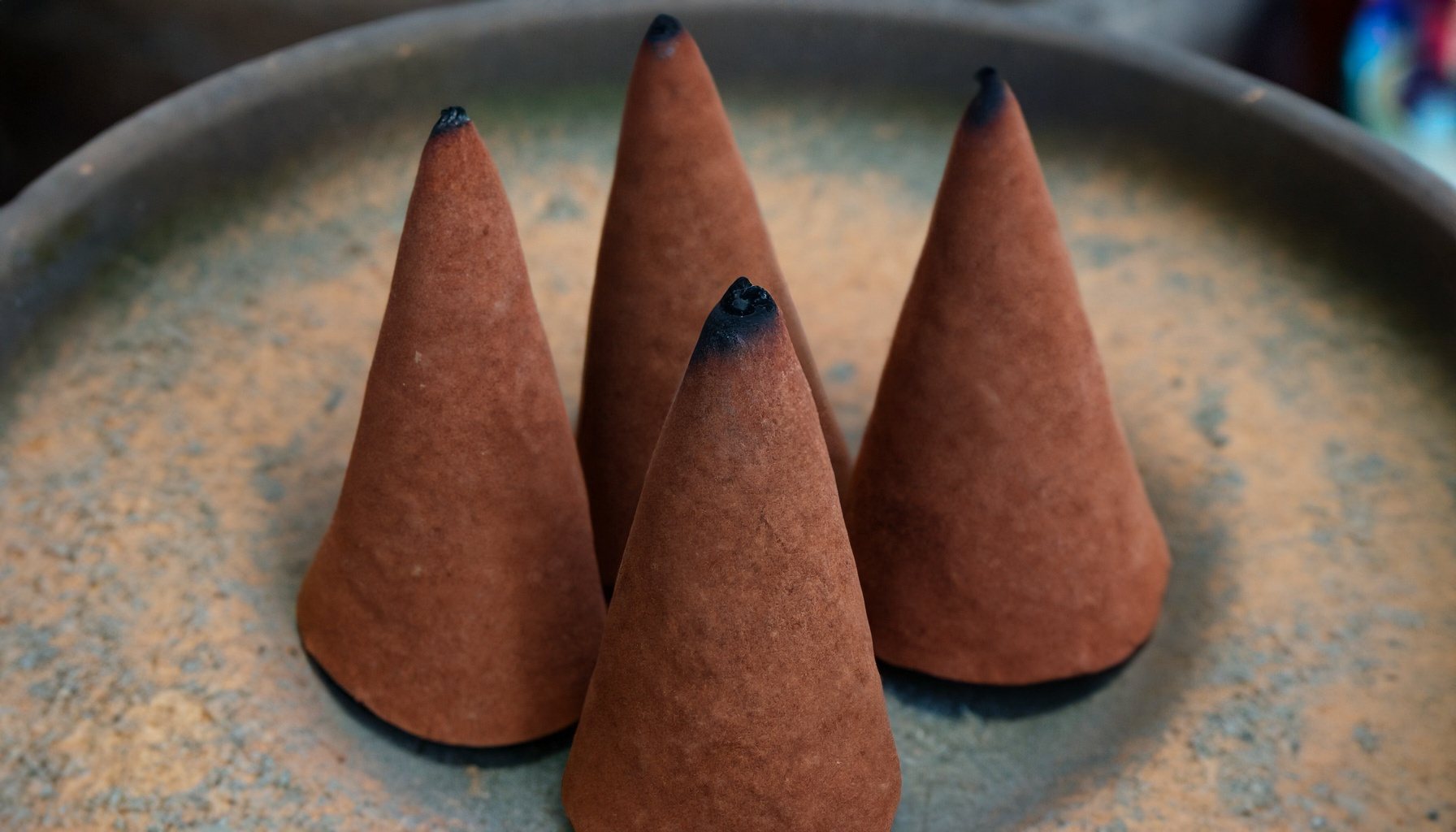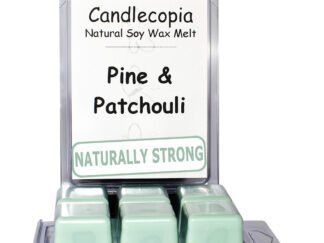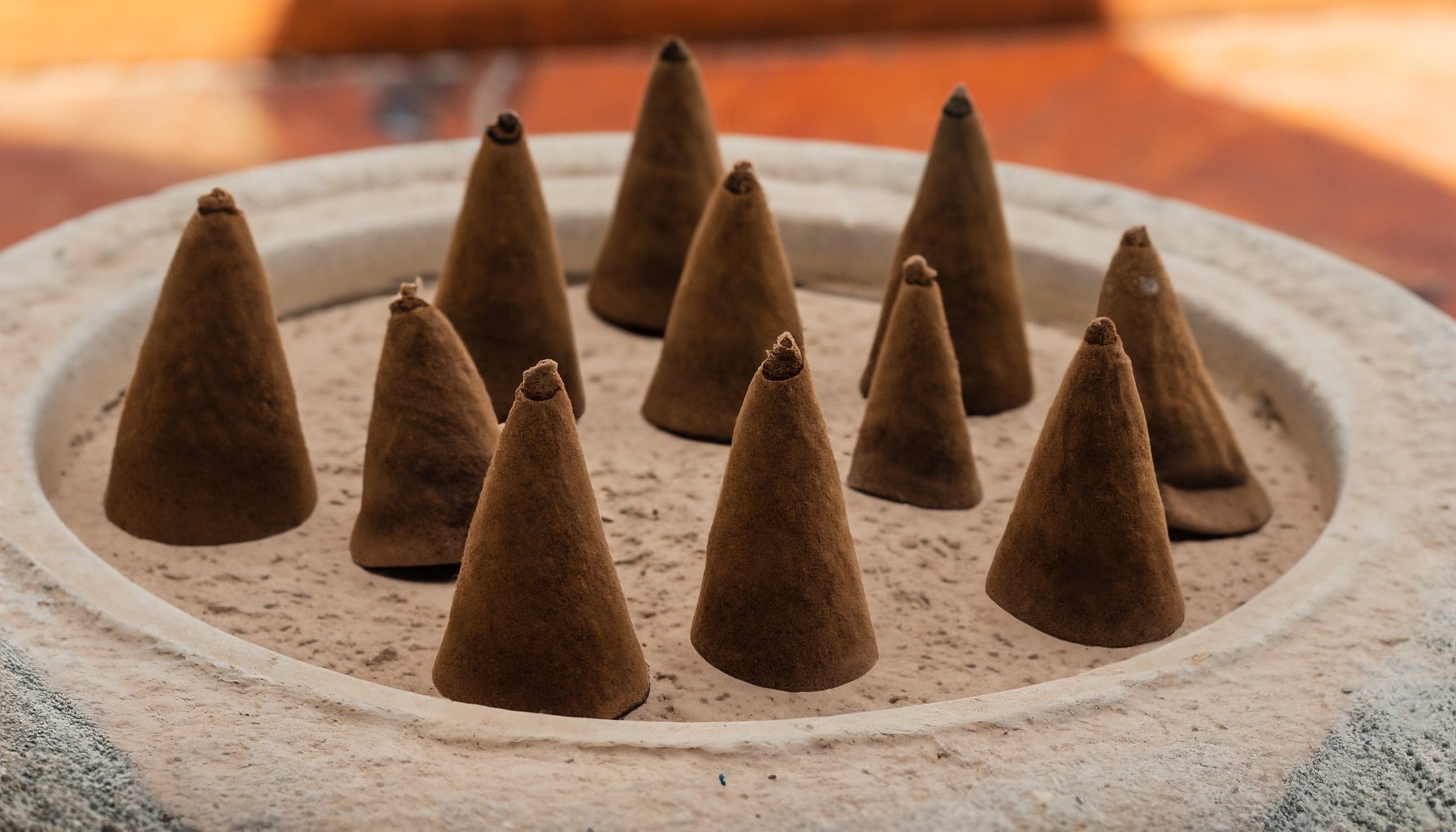
Sandalwood, derived from trees in the genus Santalum, has a rich history that dates back over 4,000 years. It has been valued for its aromatic heartwood and has played a significant role in religious, spiritual, and medicinal contexts across various cultures. Here’s an overview of the history of sandalwood:
Ancient Use
- India: In India, sandalwood has been used since ancient times for carving religious artifacts, and in traditional medicine, Ayurveda. It is also a crucial part of Hindu religious practices.
- Egypt: The ancient Egyptians imported sandalwood for medicinal purposes and embalming the dead.
Cultural Significance
- Buddhism: Sandalwood is considered one of the three integral elements in Buddhist practices, along with lotus and the Buddha.
- Chinese and Japanese Culture: It has been used to make furniture, caskets, and traditional medicines.
Trade
- Sandalwood trade flourished in ancient times. It was exported from India to many parts of the world, including the Middle East, China, and Europe.
Colonial Era
- In the colonial period, the British East India Company controlled the sandalwood trade. The depletion of Indian sandalwood forests led to the discovery of a viable substitute in Australia.
20th Century
- Conservation and sustainable harvesting became a concern as sandalwood trees were overharvested to meet global demand.
Present Day
- There are strict regulations on the harvesting and trade of sandalwood in countries like India to prevent extinction. Sandalwood oil is still in high demand in the cosmetics, perfumery, and pharmaceutical industries.
Sandalwood Species
- Indian Sandalwood (Santalum album): Native to India, it’s the most coveted and has been a subject of various regulations to prevent overharvesting.
- Australian Sandalwood (Santalum spicatum): Became popular as a substitute for Indian sandalwood.
Conservation Efforts
- Governments and international bodies have implemented measures to protect sandalwood species from extinction, including planting initiatives, regulating trade, and penalizing illegal harvesting.
Sandalwood continues to be prized for its rich fragrance, essential oil, and wood, balancing the need for conservation and sustainable harvesting with ongoing global demand.
See also: 12 Iconic Natural Aromatics

